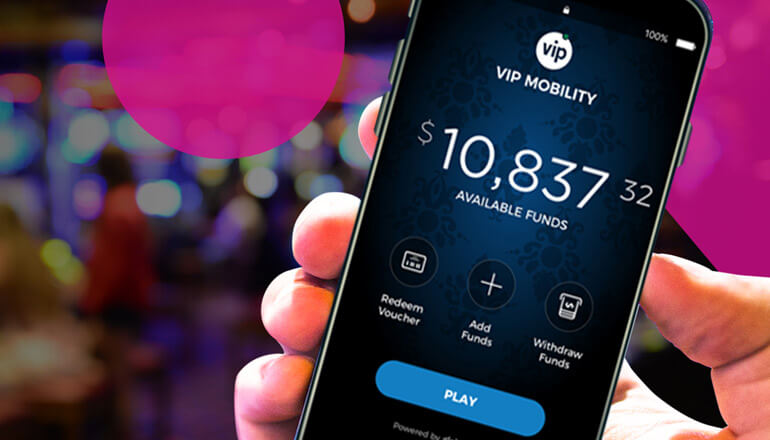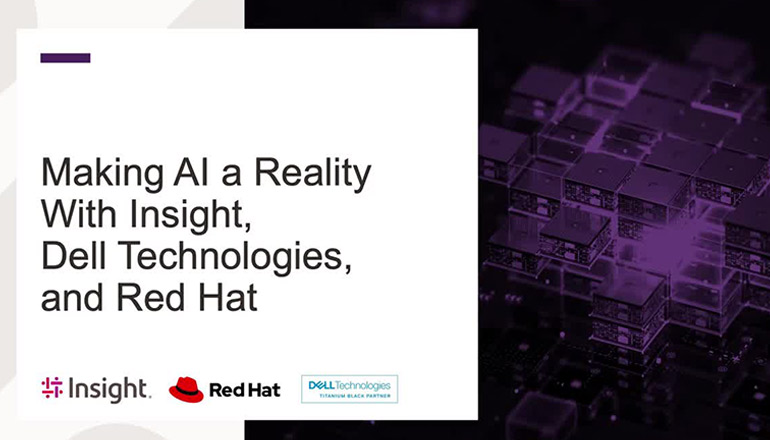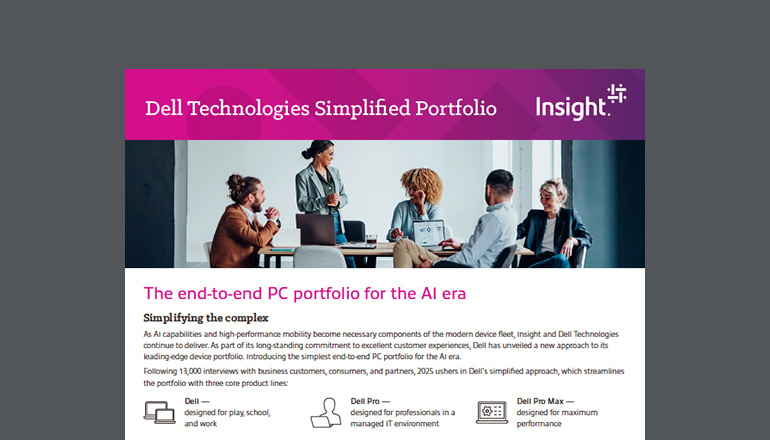IDC estimates that by 2025 there will be 41.6 billion connected IoT devices, or "things," generating 79.4 zettabytes (ZB) of data worldwide. And while the quantity of connected devices will be driven by consumer apps, enterprise efforts will contribute most of the revenue.
Product design is a discipline that spans every phase of the journey to Business Optimization. In this post, I’d like to specifically discuss one of three important principles that help establish a thoughtful design mindset, one that's sure to serve any organization well as it sets out to achieve real-time business transformation.
Designing for business optimization
Organizations on the cutting edge of this movement are harnessing real-time data to inform the evolution of their products and services, resulting in a major competitive advantage. Yet, for those not on the forefront ― which by definition is most organizations ― the desire to embrace this change can be hindered by one simple question: “How can we get started?”
When Insight’s Digital Innovation team collaborates with clients to accelerate their digital evolution, we look to achieve what we refer to as “business optimization.” Business optimization is not a one-off product/service launch paired with a wait-and-see-what-happens approach. Instead, it’s a multiphase philosophical and operational commitment from the top down, where the result is continued innovation facilitated by advanced analytics and customer feedback.
Product design is a discipline that spans every phase of the journey to business optimization. In this post, we’ll specifically discuss one of three important principles that help establish a thoughtful design mindset, one that's sure to serve any organization well as it sets out to achieve real-time business transformation.
Starting with a minimum viable product
Before we dive into the principles, let’s address the big question: “How do we get started?”
Despite having internal success with an initial application, it can be easy for companies to get stuck at this point on the maturity curve. Why?
It’s easy to look at an organization that’s further along the IoT maturity curve and feel overwhelmed, frustrated or even under the misimpression that getting there is easy. Those under that perception will quickly find out otherwise. The others may feel like they have to do everything at once, which is not the case.
Starting small with a Minimum Viable Product (MVP) is a very effective approach for organizations looking to take that first step away from business as usual. An MVP asks for the minimal amount of effort necessary to be able to release a product and obtain information that will shape its future development. Many approach their first MVP by looking inward. They often start by implementing solutions to improve operational effectiveness in their own machines, devices and processes. These efforts can typically be classified as remote support or preventive maintenance applications — or what we like to call “initial applications.”
Initial applications are great — they can lead to a decrease in cost, an increase in uptime, identification of risks and even improved customer satisfaction. Some companies spend a lot of time fretting over their ideal point of entry into the IoT world. However, simply getting the ball rolling through the more focused scope of an initial application can be beneficial. It lowers the stakes of the original investment and increases the likelihood of measurable results. Another benefit, of course, is access to a new wealth of data (the cornerstone of any real-time business IoT strategy), which can be used to inform next steps in the development of products and the company’s technology stack.
Operational effectiveness vs. strategic positioning
Despite having internal success with an initial application, it can be easy for companies to get stuck at this point on the maturity curve. Why?
For a company to move past addressing operational effectiveness, it must arrive at a more strategic positioning. Saving money is great, but your business doesn’t exist just to save money. It’s rare to achieve increased revenue through these initial applications, demonstrating return on investment with them can be challenging. Whereas operational effectiveness is all about doing things well, strategic positioning is about doing things differently. The company must determine how it will deliver unique value to its customers and partners.
By shifting the focus to identifying how the company can use its data to support more open collaboration with customers and partners, it’s positioned to achieve more meaningful and rewarding innovation. It’s pretty easy for a company to say, “We’re going to focus on our customers and partners.” The hard work in building and delivering unique value comes in adopting a certain design mentality, one that can demand change from longstanding business practices and structures.
The IoT is not the product.
Simply connecting a product to the internet may enhance its value, but it cannot serve as the driving rationale behind a customer’s investment. As we see with most new tech pushes, many companies and entrepreneurs rush to find a problem to fit the technology instead of focusing first on a real problem and then applying the right technology. This has led to the design of a slew of connected products that really go nowhere.
In order to develop IoT products or services that solve real problems for their users, organizations must dig deeper to arrive at insights about their customers’ and partners’ pain points and needs. Sometimes, a team member has a hunch (i.e., a hypothesis) about a new way to serve customers or partners. Other times, a hypothesis doesn’t exist, but the company may be staring failure in the face if it doesn’t adapt. In either scenario, the design team must conduct a number of user experience research activities such as user interviews, contextual inquiry (or “ride-alongs”), experience mapping and usability testing on prototypes to start to address the question of how to deliver something of unique value.
Although these user-centered design methods have received much attention in recent years, they’re still new to most organizations. When Insight’s Digital Innovation team conducts these exercises in close collaboration with our clients, they’re often amazed at the results. This is because designing with the intended users instead of for them leads to greater insight, clarity, stakeholder consensus and confidence when launching Version 1 of a customer or partner-serving MVP.
Embracing user-centered design
Once Version 1 is launched, new advanced analytics methodologies and platforms enable business intelligence practitioners, engineers and designers to identify usage patterns, failure points and other noteworthy reflection points within an overall product/service experience. These findings can help create hypotheses around opportunities for improvement, or entirely new avenues for exploration, which are then merged with the User Experience (UX) activities mentioned above.
Subscribing to the idea that connectivity isn’t equivalent to value — and adopting the willingness to blend UX research and data analysis — puts teams in an advantageous position. Instead of throwing darts in the dark, or staring helplessly at a sea of sensor data, a clear map for iterative improvement will begin to emerge.









